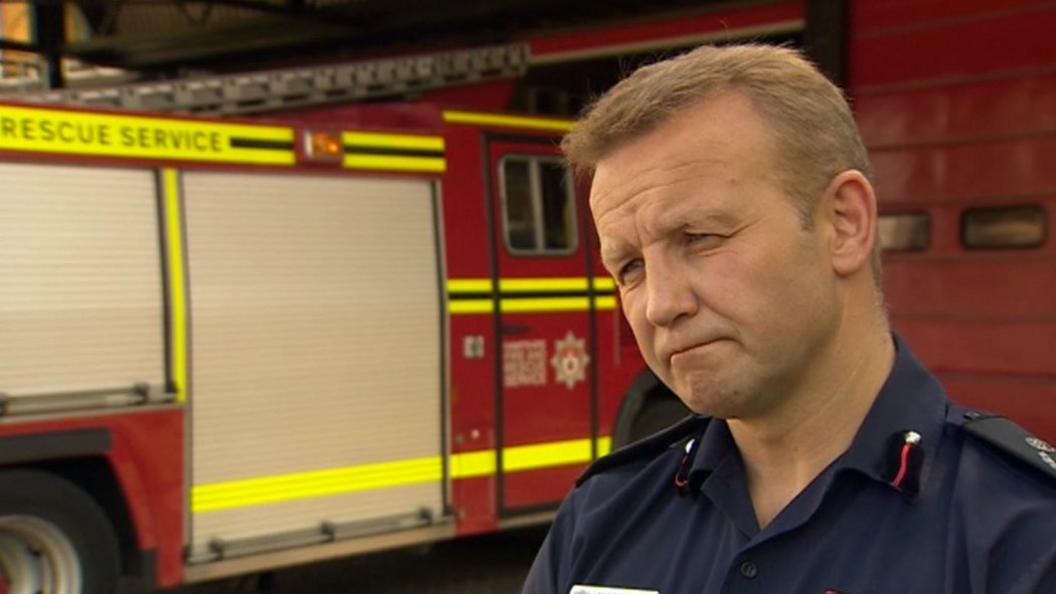Hampshire Fire Service scraps two-crew mini fire engine plan
- Published

Firefighters trialling the vehicles reported problems with its performance and capability
A fire service has abandoned plans to replace some of its fire engines with smaller vehicles.
The "first-response" trucks, to be crewed by two people, were proposed by Hampshire Fire and Rescue Service in 2015 as a money-saving measure.
But trials found the vehicles were unable to cope with extra weight of equipment, leaading to electrical and mechanical failures.
Union leaders, who had expressed "grave concerns", welcomed the decision.
The idea had originally been part of a plan to tackle a £12.2m cut in government funding.
Hampshire Fire Authority said the fire service would instead introduce 49 "intermediate capability" trucks as part of its vehicle replacement programme.
Mark Chapman, chairman of the Hampshire Fire Brigades Union, said firefighters gave feedback during the trial and reported the faults.
He said: "What we were seeing was what looks like a normal Tesco's delivery vehicle... so we have a full fire engine's capability trying to squeeze into a much smaller vehicle.
"The weight tolerances weren't right, it didn't handle right and it didn't perform at the fire ground as well as it could do."
The fire service had initially planned to replace its fleet with three types of vehicle, including 30 first-response trucks, but now says it will use just two types - 24 "enhanced capability" vehicles and the slightly-narrower "intermediate capability" trucks, both of which performed well during trials.
The total number of vehicles will remain the same at 77. Four existing specialist small fire vehicles will also be retained.
The first intermediate vehicles are expected to be rolled out from the autumn.
- Published15 September 2015

- Published1 September 2015
